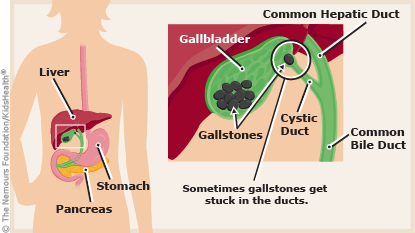- Home
- Parents Home
- Allergy Center
- Asthma Center
- Cancer Center
- Diabetes Center
- A to Z Dictionary
- Emotions & Behavior
- First Aid & Safety
- Food Allergy Center
- General Health
- Growth & Development
- Flu Center
- Heart Health
- Homework Help Center
- Infections
- Diseases & Conditions
- Nutrition & Fitness Center
- Play & Learn Center
- School & Family Life
- Pregnancy Center
- Newborn Center
- Q&A
- Recipes
- Sports Medicine Center
- Doctors & Hospitals
- Videos
- Para Padres
- Home
- Kids Home
- Asthma Center
- Cancer Center
- Movies & More
- Diabetes Center
- Getting Help
- Feelings
- Puberty & Growing Up
- Health Problems of Grown-Ups
- Health Problems
- Homework Center
- How the Body Works
- Illnesses & Injuries
- Nutrition & Fitness Center
- Recipes & Cooking
- Staying Healthy
- Stay Safe Center
- Relax & Unwind Center
- Q&A
- Heart Center
- Videos
- Staying Safe
- Kids' Medical Dictionary
- Para Niños
- Home
- Teens Home
- Asthma Center
- Be Your Best Self Center
- Cancer Center
- Diabetes Center
- Diseases & Conditions
- Drugs & Alcohol
- Expert Answers (Q&A)
- Flu Center
- Homework Help Center
- Infections
- Managing Your Medical Care
- Managing Your Weight
- Nutrition & Fitness Center
- Recipes
- Safety & First Aid
- School & Work
- Sexual Health
- Sports Center
- Stress & Coping Center
- Videos
- Your Body
- Your Mind
- Para Adolescentes
A to Z: Cholelithiasis (Gallstones)
May also be called: Gallstones
Cholelithiasis (ko-leh-lih-THY-uh-sis) is the medical term for the presence of gallstones, which are hard, pebble-like objects made of bile that form in the gallbladder.
More to Know
The gallbladder is a small organ just below the liver in the top right of the belly. It stores bile, a fluid produced by the liver to help digest fat in the foods we eat.
Sometimes, material in the bile sticks together and forms hard, pebble-like objects (gallstones). There are two main types of gallstones: those made from cholesterol and those made from bilirubin (a pigment made by the breakdown of red blood cells). Gallstones can happen in people with sickle cell disease or other conditions, or who are receiving certain treatments.

Many people who have gallstones don't have any symptoms. But if a gallstone gets stuck going out the opening of the gallbladder, it can cause pain in the top or the top right of the belly, below the right shoulder blade, or in the back. The pain may get worse after eating fatty foods. A person with gallstones also might have nausea or vomiting.
Sometimes, small gallstones leave the body on their own, and those that do not cause symptoms or problems might not need treatment. But gallstones that cause symptoms often need to be treated with gallbladder-removal surgery. After surgery, gallstones will not return. Sometimes, medicine is used to dissolve gallstones made of cholesterol, but it can take years to work and new gallstones can still develop after treatment.
Keep in Mind
People who have had gallstones sometimes get them again, and those who didn't have symptoms from previous gallstones may develop them. Contact your doctor if symptoms appear.
All A to Z dictionary entries are regularly reviewed by KidsHealth medical experts.

© 1995- The Nemours Foundation. KidsHealth® is a registered trademark of The Nemours Foundation. All rights reserved.
Images sourced by The Nemours Foundation and Getty Images.

